Many people know the Rocky Mountains are one of North America’s most popular mountain ranges. Their rugged beauty attracts thousands of outdoor enthusiasts, photographers, and travelers annually. Still, there is so much more to this scenic marvel than meets the eye. If you’re interested in taking a trip to the Rocky Mountains, it’s important to understand what makes them so special in the first place. Read on to learn 10 mind-blowing facts about the Rocky Mountains.
#1. Bighorn sheep dominate the Rockies.

When fighting for dominance, bighorn sheep can run up to 40 miles per hour.
©MelaniWright/Shutterstock.com
While bighorn sheep may seem intimidating, don’t let them scare you. They may be the largest wild sheep found in North America, but they are harmless. In fact, they are the unofficial mascot of the Rocky Mountains.
There are more than 400 bighorn sheep currently roaming Rocky Mountain National Park. If you’re trying to spot one, the best time of year for viewing is May and June.
#2. You can experience the beauty and height of the Rockies from your car.

Rocky Mountain National Park is open year-round but has limited access in the winter and early spring due to snow.
©Galyna Andrushko/Shutterstock.com
Even if you aren’t an avid hiker or backpacker, the Rocky Mountains provide numerous opportunities to experience their imposing height and vast scenery.
Trail Ridge Road, located inside Rocky Mountain National Park, reaches a maximum height of 12,183 feet. This 48-mile stretch is the perfect opportunity to drive through the park and take in the Rockies. There are plenty of stops to stretch your legs and snap a photo. Pikes Peak in Colorado, one of the most famous peaks over 14,000 feet, also allows visitors to drive vehicles to the summit.
#3. The Rocky Mountains are between 80-50 million years old.

The rocks within the Rocky Mountains can date back to the Precambrian era.
©BKingFoto/Shutterstock.com
The rocks and sediment that make up the mountains are billions of years old. Many people don’t realize that some rocks date back to the Precambrian era. Still, the mountain range is younger. Beginning during the Laramide orogeny, the Rocky Mountains started to form 80 million years ago.
#4. The Rockies span for 3,000 miles.
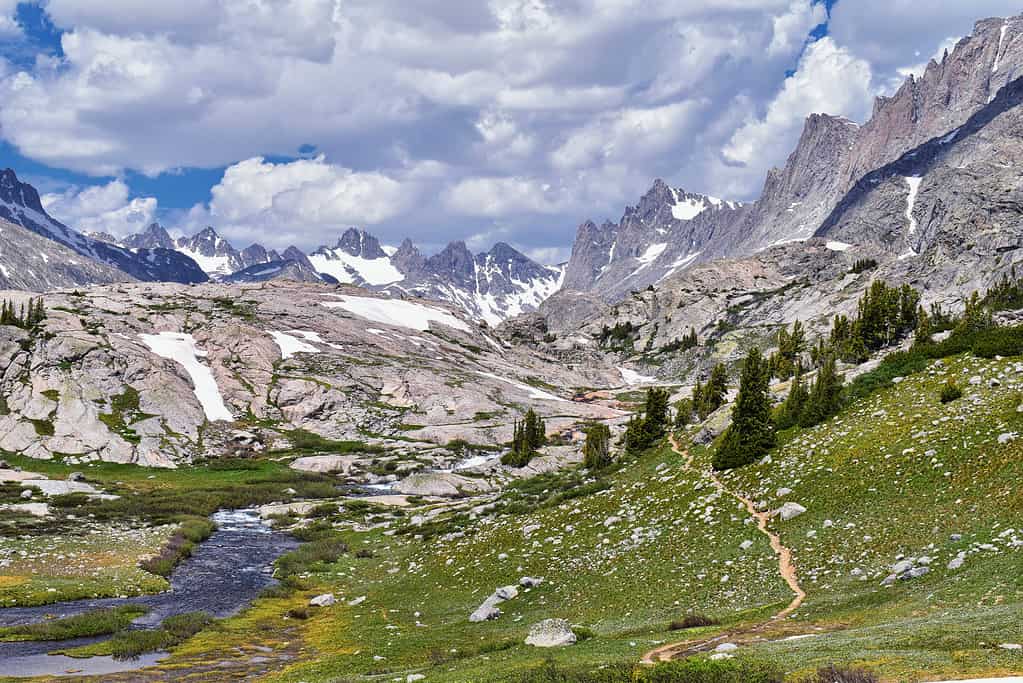
Approximately 250,000 acres of Rocky Mountain land is considered wilderness.
©Jeremy Christensen/iStock via Getty Images
The Rockies span approximately 3,000 miles, ranging between Canada and the United States. Throughout the United States, the Rocky Mountains belong to Montana, Idaho, Wyoming, Colorado, Utah, and New Mexico. They are also home to nine national parks between both countries.
#5. The Rockies also have extraordinary sand dunes.
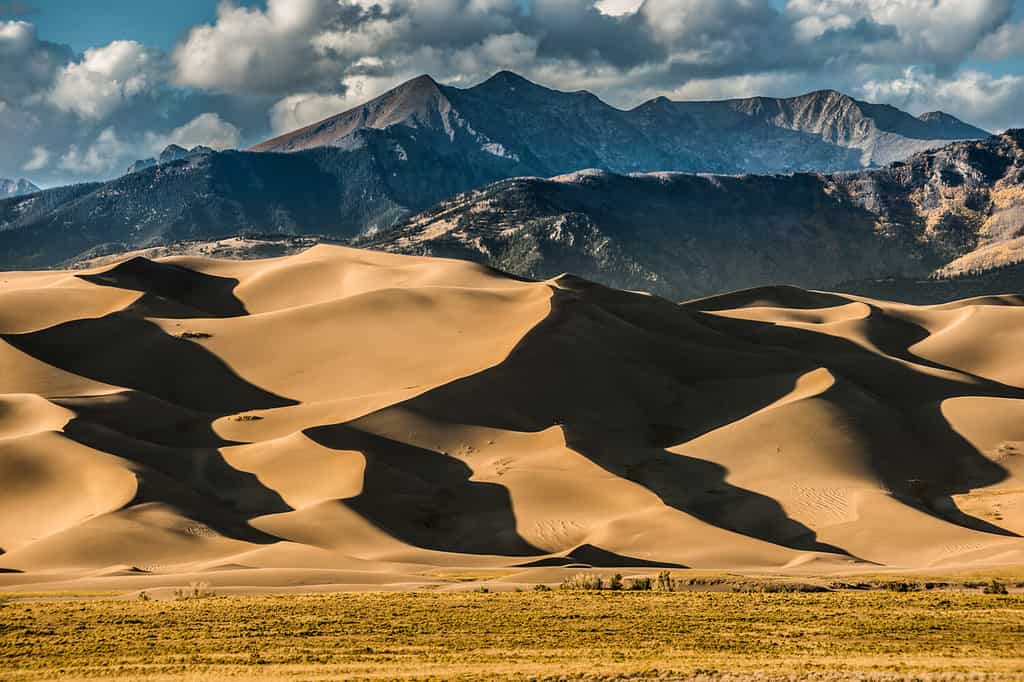
Some of the dunes in Great Sand Dunes National Park are higher than 750 feet.
©Kris Wiktor/Shutterstock.com
If you’ve never visited Great Sand Dunes National Park, definitely add it to your bucket list. These massive dunes live in the heart of the Rockies in Colorado. Visitors can hike, climb, and slide down the incredible dunes, with some reaching heights higher than 750 feet. After lakes receded from the alpine valley, southwest winds blew extraordinary dunes that evolved over thousands of years.
#6. The Rocky Mountains offer a range of climates.
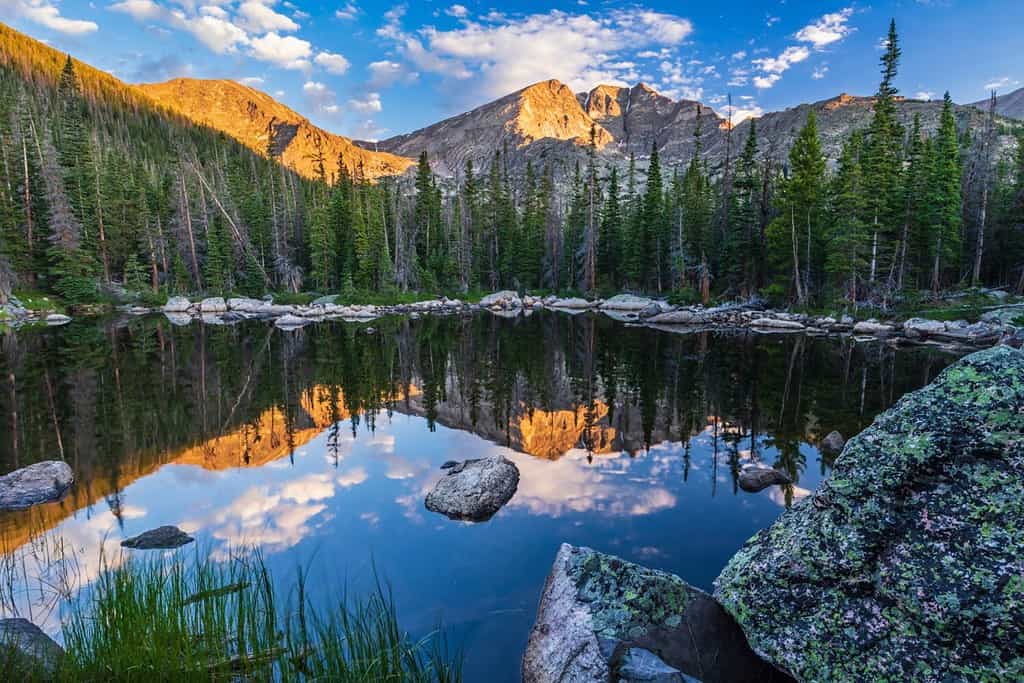
Depending on what part of the Rockies you’re visiting, you can experience either a winter tundra or a hot desert climate.
©Colin D. Young/Shutterstock.com
The Rockies are famous for a vast, diverse landscape. Because of this, you can experience glaciers, alpine tundras, and desert conditions quickly throughout your journey. It’s crucial to pack and prepare appropriately to remain safe and protected if you plan to travel outdoors.
#7. You can listen to the elk bugle.

Elk are very common to witness when traveling throughout the Rocky Mountains.
©kwiqtor/iStock / Getty Images Plus via Getty Images
It’s not uncommon to spot elk during your journey through the Rocky Mountains. This magnificent beast is one of the largest land-dwelling beasts in North America. In the Fall, male elks release their mating call that sounds identical to a bugle. If you want to hear the sound for yourself, plan a trip to one of the national parks during the autumn season.
#8. The Rockies divide North America.
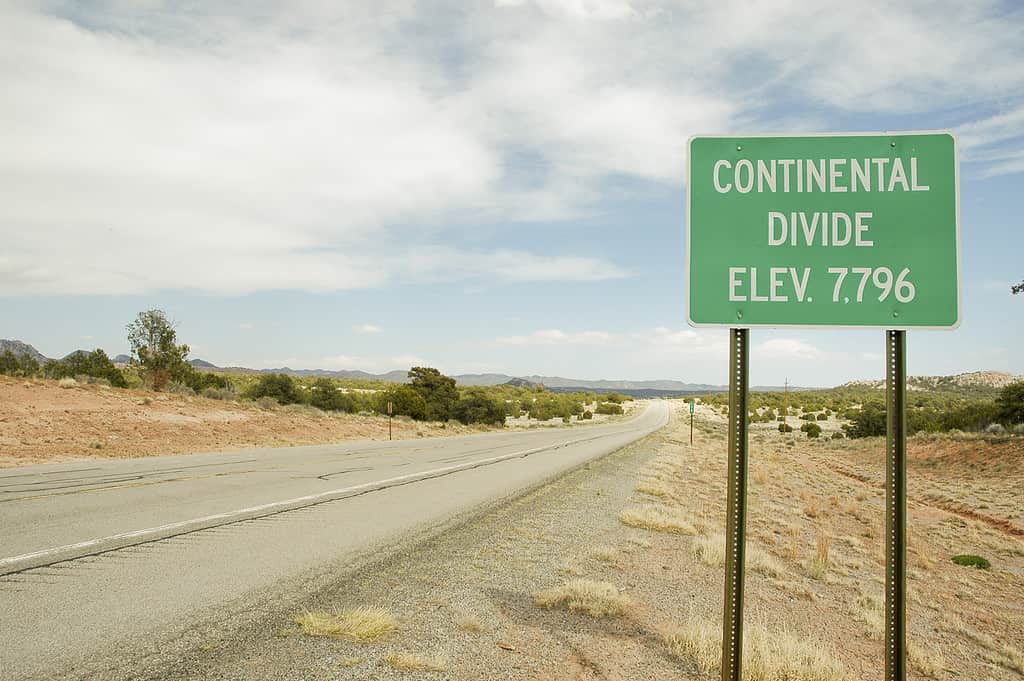
The Rockies are also called the Continental Divide because they literally divide North America.
©Jeffrey M. Frank/Shutterstock.com
The Rocky Mountains divide North America — this is also called the Continental Divide. Whenever you stumble upon a continental divide sign along your journey, this explains more than just elevation. The rivers to the west of the Rockies flow to the Pacific Ocean, and the rivers to the east flow to the Atlantic Ocean.
#9. Many indigenous people live in the Rockies today.
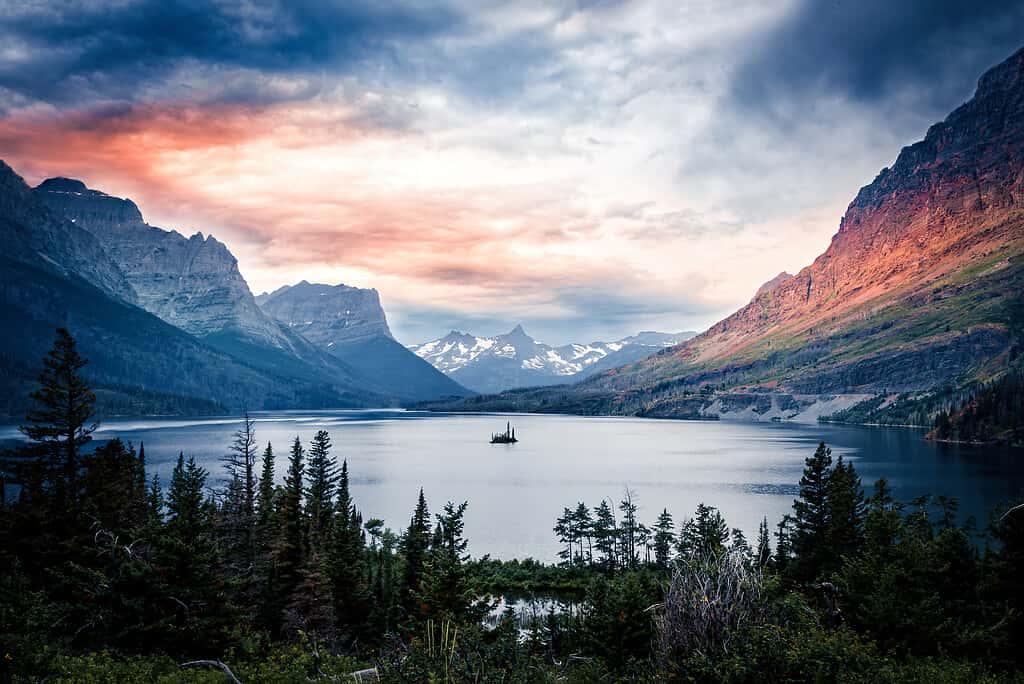
Saint Mary Lake in the Glacier National Park, MT, is one of the most photographed areas of Glacier National Park.
©Martina Birnbaum/iStock via Getty Images
Many indigenous people still reside throughout the Rocky Mountains. Numerous tribes have reserves throughout the mountains, including Sioux, Blackfoot, Apache, and more. Many national parks also try to showcase their representation throughout the parks and acknowledge their communities.
#10. A supervolcano lives in the Rocky Mountains.
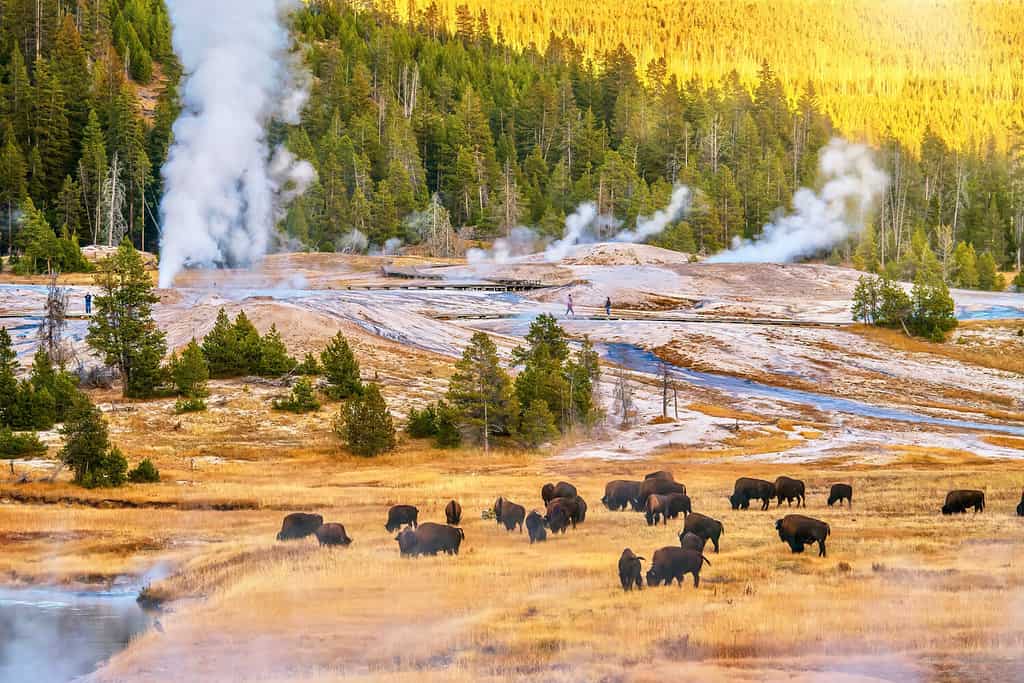
The Rocky Mountains span through Canada and the United States — they cover six states throughout the United States.
©CherylRamalho/Shutterstock.com
Located in Yellowstone National Park, a supervolcano called Yellowstone Caldera lives underground. When you visit the park, you will experience the smell of phosphorus and witness steam and geysers from the ground. Also, while you’re visiting, keep an eye out for bison! They are the largest land mammals in North America, and you will have plenty of opportunities to snap a photo.
The photo featured at the top of this post is © Marina Poushkina/Shutterstock.com
Thank you for reading! Have some feedback for us? Contact the AZ Animals editorial team.







